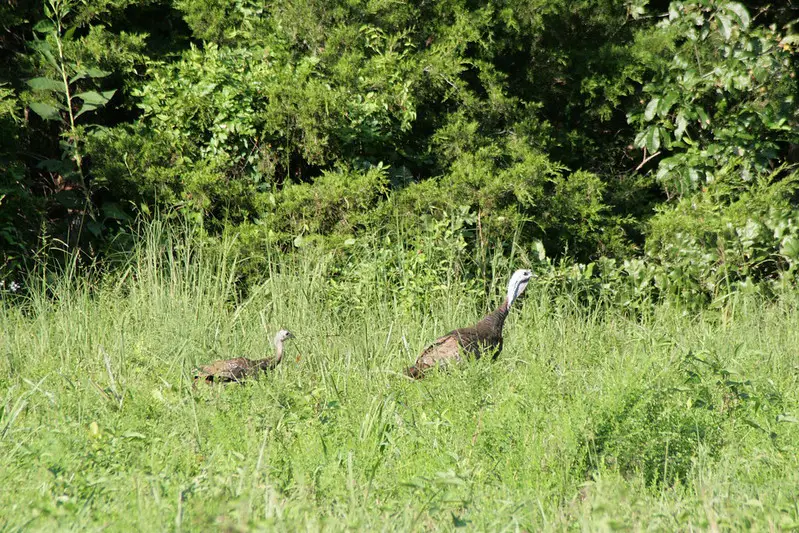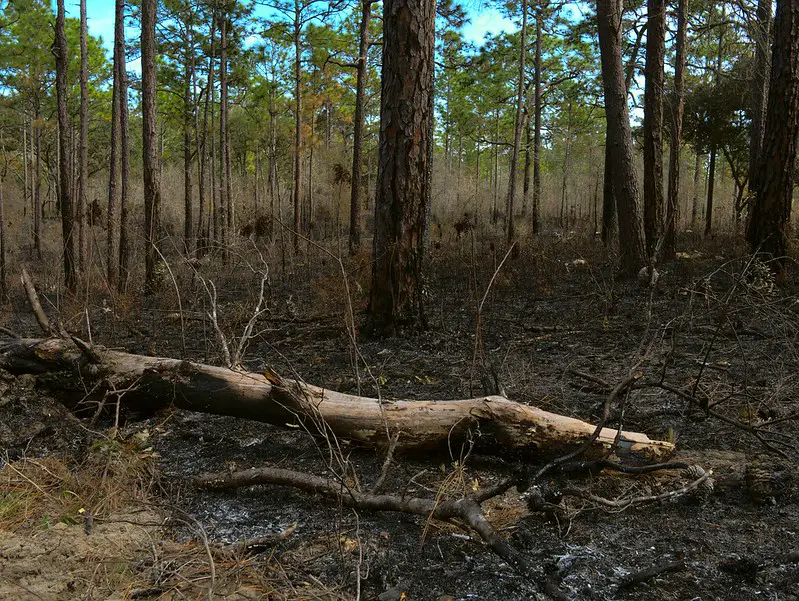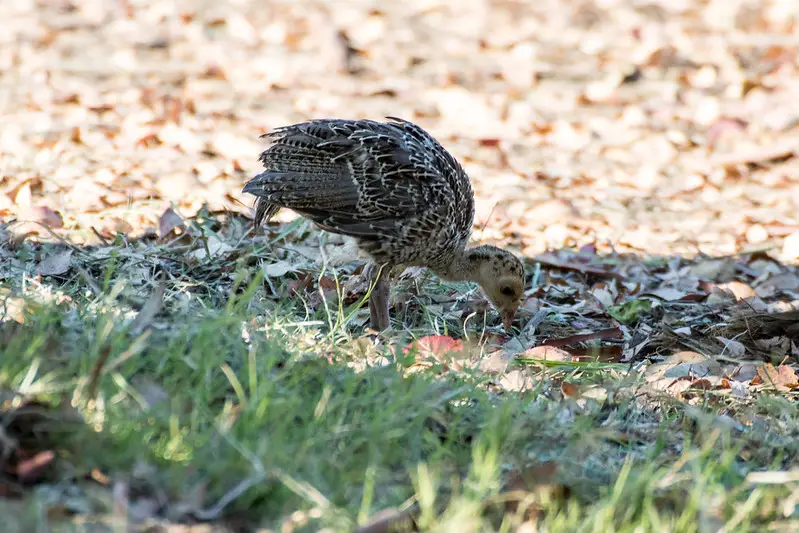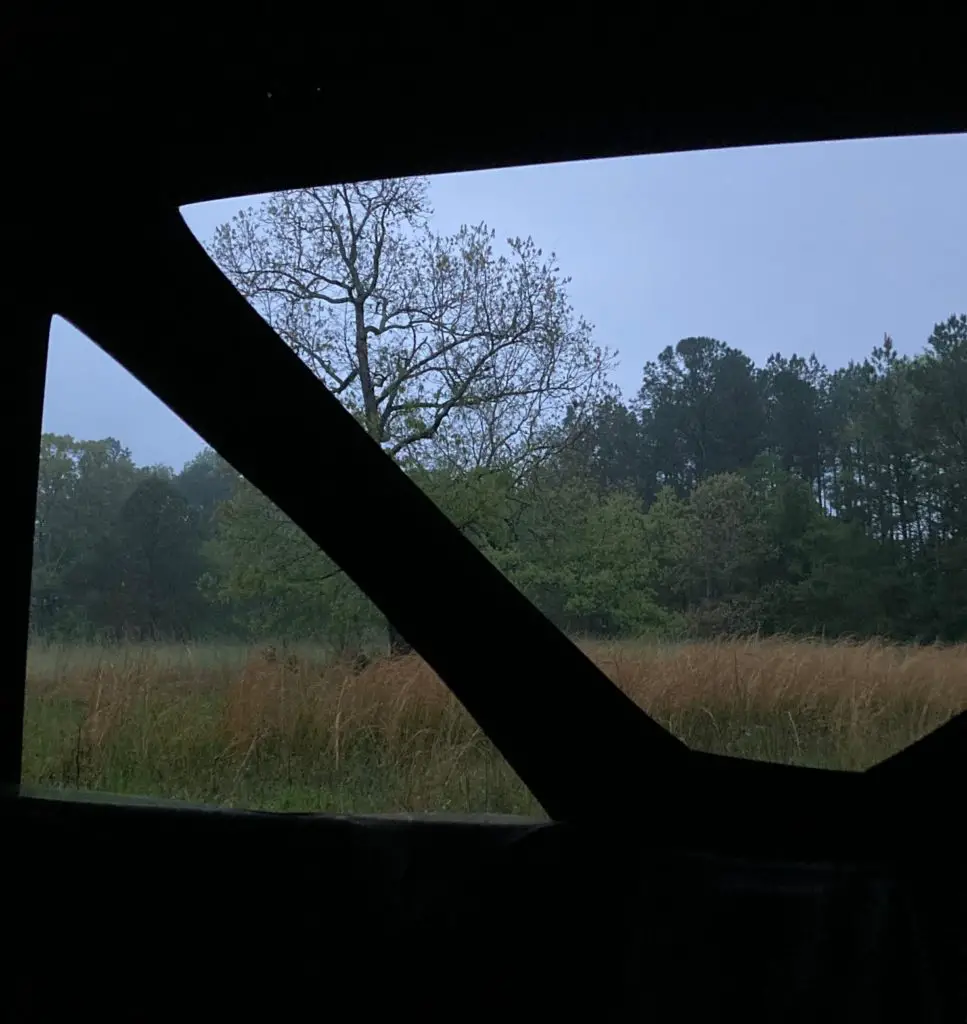
While there are farmers around the country who find wild turkeys to be more annoying than Jar Jar Binks in Star Wars, almost every turkey hunter is looking for ways to keep more turkeys on his land.
There is a lot of information available for optimizing your land for deer hunting from experts and organizations such as the QDMA, Jeff Sturgis, Tony Lapratt, and Steve Bartylla. However, when it comes to improving wild turkey habitat, there is much less information.
Turkey population declines have put more of an emphasis on habitat enhancement. Because there is more private land than public land (at least in the Eastern parts of the United States), it makes sense that private land improvements are essential to increasing wild turkey numbers.
A turkey’s home is usually between 400 and 2,000 acres. So if you want more turkeys, your best bet is to look at your land and the land around you and figure out what components of wild turkey habitat you can improve on.
While you likely can’t change your land to a gobbler paradise in just one year. Focus on improving just a little bit every year. Eventually, you should start to see your work paying off in the form of more and more turkeys utilizing your land.
When we talk about improving wild turkey habitat, we can break it down into major categories: food, water, roosting habitat, and nesting/poult rearing habitat. Each of these can be improved within each of the zones of habitat on your land: woods, edge habitat, and open areas.
Finding the Proper Mix Of Wild Turkey Habitat Zones
Many hunters see huge flocks of turkeys moving through mature hardwood forests while deer hunting in the fall. They assume that mature forests must be where it’s at.
The truth is, turkeys thrive on variety. They need mature hardwoods, open fields, and agriculture. They spend a lot of their time in the spaces in between (what I call the edge).
What is lacking in your area? Are there tons of agricultural fields, but little in the way of cover? Do you have a lot of mature forests with little early-stage growth?
When you figure out what you need in your area, you can then address that need with the following tips. You can also make the features you already have even better wild turkey habitat.

Improving Woods Habitat
Timber Stand Improvement
In hardwood forests, conduct timber stand improvement (TSI) to remove species that do not produce food for your turkeys such as sweet gums. This will provide more room for your tree species that do produce hard mass such as your oaks.
Timber stand improvement also allows more light to the forest floor which will enhance the growth of new shoots. These new shoots serve as food and encourage insect populations (more food).
Timber stand improvements great for enhancing food and nesting/poult rearing habitat in the mature woods on your land.
Pine Plantations and Controlled Burns
In pine plantations, thin your pines as often as you can. After that, be sure to spray a herbicide to kill any unwanted volunteer hardwoods (often those pesky sweetgums) sneaking in. You’re then ready to burn.
A well-timed burn can be incredible for our turkey populations. Burn during the dormant season to remove overgrown thatch and invasive species. New growth will soon fill back in. This growth provides great food for the turkeys with both the vegetation itself and the insects that will live in it.
Talking to a registered forester about controlled burning is a good idea. Often, they can assist with the process which will make it safer and more effective.
A general rule of thumb is to burn one-third of your property every year. This will give you a variety (remember turkey’s love variety) of growth stages year after year.
Like timber stand improvement, thinning and burning your pines creates good poult habitat. Again, the new growth will be just high enough and thick enough for the young birds. There will also be plenty of bugging for the young turkeys to get the nutrition they need.
Protect Your Turkey Roosting Habitat
If you don’t have a place for turkeys to spend the night on your property, chances are, they’re going to spend the night on someone else’s property.
The problem is, if you don’t have the right trees on your property, you’re not going to be able to grow one overnight. But you can keep from cutting the ones you do have.
Turkeys use different trees for roosting in different areas. If you harvest trees off your land, be sure to protect the most likely roost trees in the most likely roost locations.
Good roost locations provide protection for turkeys from their predators. Remember that poults can begin roosting in trees as early as eight days old.
Improving Edge Habitat
Expand Your Edges
Edges are a transition area between the woods and the fields. They are vital for protecting the wild turkey.
Your edges should span about 50 yards between the woods and the fields. If they don’t, expand them.
Edges are the areas where turkeys tend to nest. If you just have one small strip of edge cover, you know where that turkey is going to nest. If you know where the hen is going to nest, you can bet that the turkey’s natural predators know too.
Don’t make it easy on the predators. Have an expansive and diversified edge zone. The more you have, the more choices the hen will have and the harder the predators will have to work.
You can improve your edge zone by hinge-cutting trees. The tree tops will create nesting areas as other foliage grows over them.
Leave some edge areas thick and others more open. Just like your timber stand improvement you did in your woods, go along your edges and cut less-desirable trees while protecting your dogwoods, persimmons, oaks, and other mast-bearing trees.

Improving Open Area Habitat
Maintain Fallow Fields
Ideal nesting/poult rearing vegetation is about 2 feet tall and not too thick. If the vegetation is too dense, the poults will not be able to move through it in their first days on earth.
This is why native grasses are the best ground cover. There will be sparse spots for the poults to move about. Fescue fields are too thick for young poults.
Leave you fields to care for themselves. Do not mow your fields too often. Mowing in late July or early August is usually the best time to mow.
You never thought that doing less could get you more turkeys did you?
Plant Food Plots For Turkeys’ Stress Seasons
Ideally, you would like to have year-round food sources for turkeys on your land. Realistically, you will be limited by your land and personal resources. Therefore, I suggest having food sources that provide for turkeys when they need it most.
If you truly want to enrich wild turkey habitat, be sure you are providing food sources during stressful times of the year for birds in your area. In some regions, this could be the harsh winter. In others, it might be the heat of the summer.
During the fall and winter, turkeys will rely heavily on hard mass to survive. During the spring, they will eat new plant shoots and insects.
You can supplement these natural food sources with planted food plots. For more information on what to plant in those plots, read my article on what wild turkeys eat. It will help you choose the plots that make the most sense for your situation.
Create Watering Holes
You can also improve your fields for turkeys by providing small watering holes. Dig small holes for rain water to fill in.
Your soil may make it necessary to put a tarp or some other type of plastic in it so it doesn’t drain out. Cover this back up with soil after installing. Be sure that there are no sharp edges to your holes that would trap rodents inside.
Conclusion
Wild turkey habitat improvement can be as costly or as inexpensive as you want to make it. As you can tell, there are many things you can do to make your property better for our turkeys.
Though we have covered plenty of concepts in this article, you may want to consider talking to your local wildlife biologists and foresters before making any changes to your property. They will be able to provide region specific advise and help you create a master plan for your land.


